With C’è ancora domani and Parthenope, a new wave of Italian cinema is placing women’s lives – messy, beautiful, conflicted, unyielding – at its center. Diamanti (“Diamonds”), the latest addition to this growing constellation, slips neatly into the fold – shimmering with promise, if occasionally weighed down by its own sparkle.
At first glance, Ferzan Özpetek’s setup sparkles: a celebrated film director invites his favorite actresses – spanning ages, styles, and temperaments – to his lush Roman villa for a casual garden lunch. But this is no ordinary gathering. What begins with chatter over wine and plates of pasta soon evolves into a cold reading of his new script: a costume drama about a prestigious tailoring house in 1970s Rome, and the generations of women who lived, worked, suffered, and occasionally healed within its walls.

He tells them he wants to center his new project around women – because, in his words, “women are my real diamonds.” The metaphor is repeated often. Too often. And the layers of the narrative – flitting between present-day table read and the 70s-set story of the tailoring house – offers little to nothing, unfortunately.
At the heart of the story is Alberta, played with stern brilliance by Luisa Ranieri, who continues to be one of Italy’s finest screen presences. You might remember her from Parthenope as Great Cool – brilliant – and if you do, you know exactly the kind of emotional undercurrent she brings to even the most distant characters. Here, she leads the tailoring house with quiet force, masking emotional scars beneath perfectly pressed seams.

Her sister Gabriella (a raw, equally compelling Jasmine Trinca) complicates things – due to her own grief and emotional turbulences – and Alberta’s own personal ghosts resurface when an old flame, Leonardo (played by Carmine Recano), reappears decades after abandoning her on a Paris train platform. The past, as they say, doesn’t stay buried. Especially not when it wants to own part of your company. You read that right, Leonardo’s investment firm is “interested” in becoming co-owners of the tailoring house. Sounds like the plotline of a Mexican soap opera? Yeah, a bit.
So, what works?
The ensemble of women is dazzling. Beatrice, a young activist who discovers her intuitive talent for costume design, is one of the film’s most refreshing characters – an artist who doesn’t even know she’s one yet. There’s Fausta, who left an abusive husband and found strength in herself. Giuseppina, Paulina, Rita, Lucia, and many others bring their own chapters to the novel of this house: from widows hooking up with younger men to mothers struggling with depressed teenage sons, to elderly cooks recalling the heartbreaks that froze them in time. The Alberta-Gabriella duo gives us the most memorable scenes though – their “embrace” scene where their care for each other finally bursts to the surface is painfully relatable.

The sheer range of female experience portrayed here is both the film’s greatest asset – and its biggest challenge. Özpetek is so eager to give voice to every woman’s truth that the film occasionally buckles under the weight of its own good intentions. Some scenes veer into melodrama, and the musical score – though lush – leans too heavily into emotional signposting, when silence or simple ambient sounds might have been more effective.
Still, credit where it’s due: composers Giuliano Taviani and Carmelo Travia created a recurring theme that does stick with you, even if it’s somewhat overused. Costume-wise, the film delivers in spades – elegant, expressive, and era-specific designs that serve not just as visual pleasure, but as storytelling tools. And that’s the point, right? The tailoring house isn’t just a setting. It’s supposed to be the soul, the lead character of the film.
Now for the nitpicks.
Cinematographer Gian Filippo Corticelli gives us some lovely, subtle moments – but other times, e.g. in the garden party opening, the camera movements feel oddly weightless and random. Like a drone on autopilot, swooping in and out of the glass doors, trying to impress rather than observe. A few locked-off shots or more grounded setups might’ve served the story better. After all, we’re dealing with intimate emotions set in an elegant ‘70s place here, not action scenes.

There’s also a curious subplot involving a young, half-Turkish, half-Italian boy being smuggled into the tailoring house by his mother (because she can’t afford a nanny). For a brief moment, it feels like Özpetek is writing himself into the narrative – until it’s revealed that this child is more symbol than self-insert. Still, the nod to his own formative experiences visiting tailoring houses in the 70s adds an undeniable layer of authenticity.
So, should you watch Diamonds?
If you’re in the mood for a romantic, sweeping, sometimes soapy but always heartfelt tribute to women, memory, and the art of costuming – yes. If you love the behind-the-scenes world of filmmaking, and would want to be reminded of the magic costume designers are capable of performing, even more so. It may not be perfect, but its flaws are forgivable. Because its heart is in the right place.
If you happen to be in Italy, Diamonds is now streaming on Sky; otherwise, you can find it on Prime Video – or catch it on the big screen while it’s still in theaters
~ by Dora Endre ~

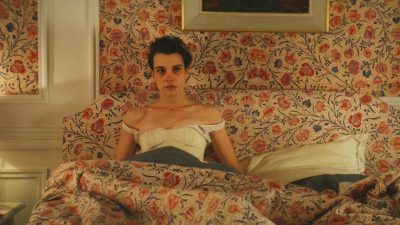
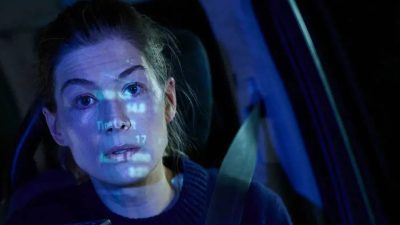
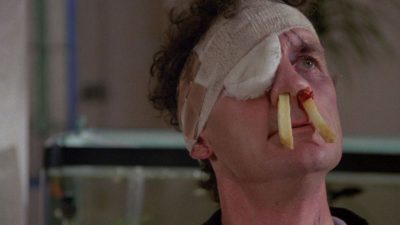


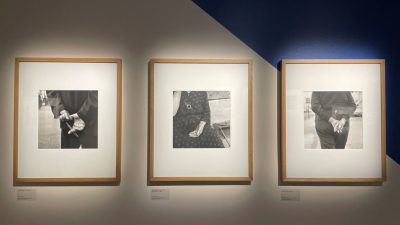

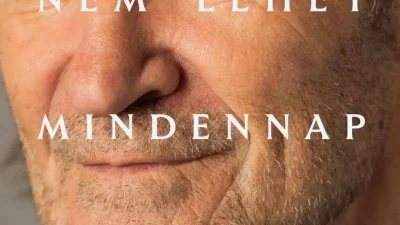


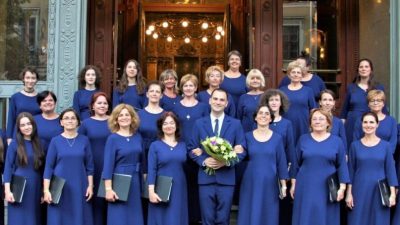
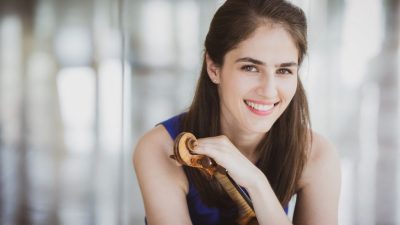
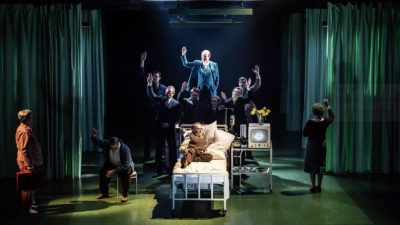
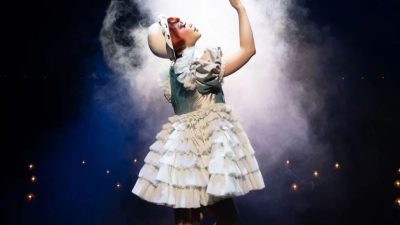
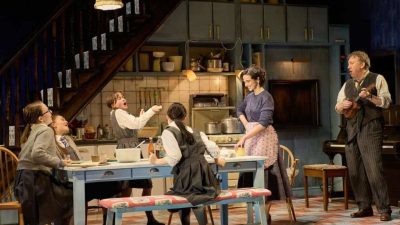






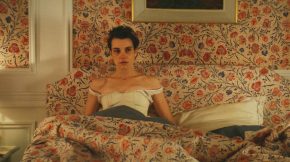




Comments